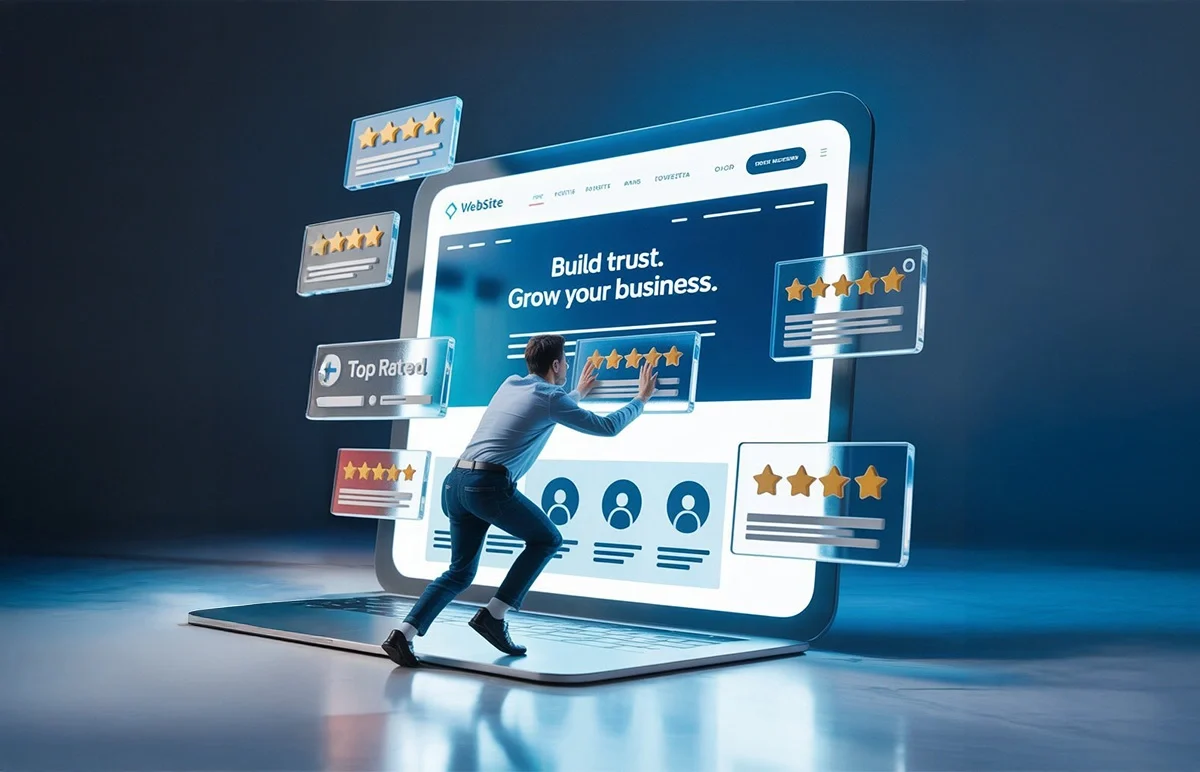Social proof is a powerful psychological phenomenon that states people rely on the actions and opinions of others when making decisions. Coined by American author and psychologist Robert Cialdini, social proof plays a crucial role in shaping consumer behavior.
For online businesses with no in-person salespeople or physical product demonstrations, putting social proof on websites is one of the most effective ways to convert leads. This includes reviews, testimonials, success stories, etc.
In this blog, we’ll explore the different types of social proof, why it’s essential for websites, and the best ways to leverage it effectively. Let’s dive in.
There are multiple types of social proof that you can add to your website, and it all comes down to your type/scale of business.
Customer reviews, testimonials, and case studies build trust by showcasing real customer experiences, especially for B2B and high-value purchases.
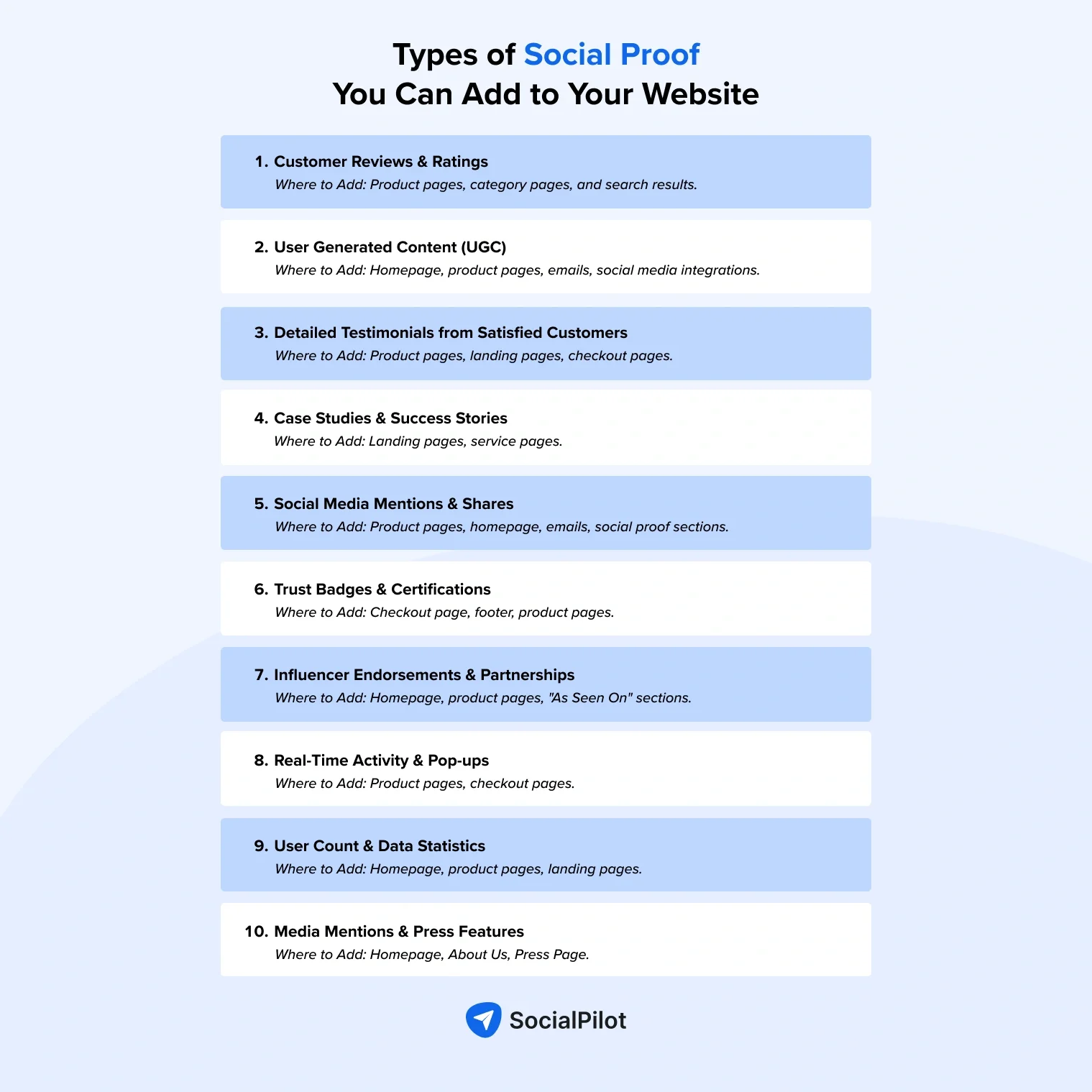

1. Customer Reviews & Ratings
The first on the list is online reviews left by customers at will on Google and other review platforms.
Reviews also provide firsthand experiences that potential customers can relate to. Amazon goes all out in presenting product reviews and ratings to buyers, as shown below.
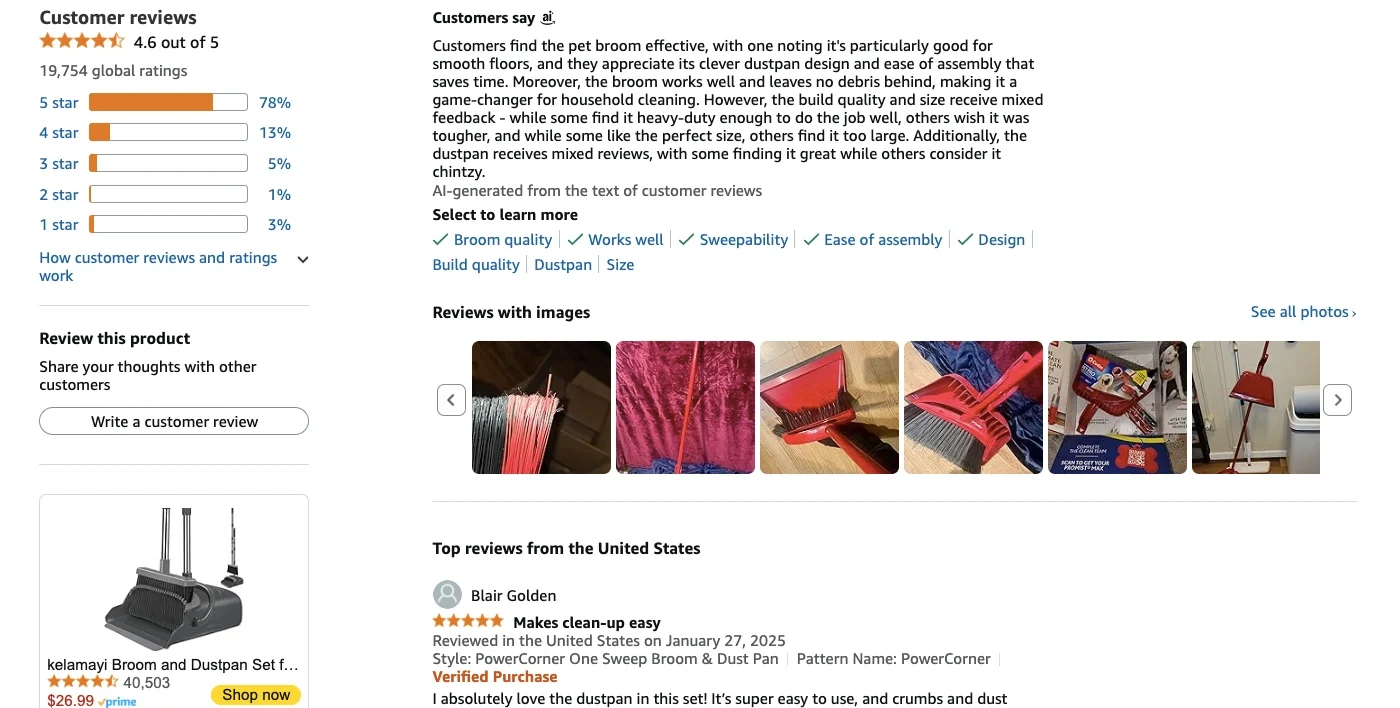

2. User Generated Content
User-generated content (UGC) is emerging as one of the most trusted forms of social proof, with 79% of consumers stating that UGC influences their purchasing decisions significantly. It includes everything from reviews, photos, videos, testimonials, and social media posts created by your customers or audience.
Check out Rare Beauty’s website, for example:
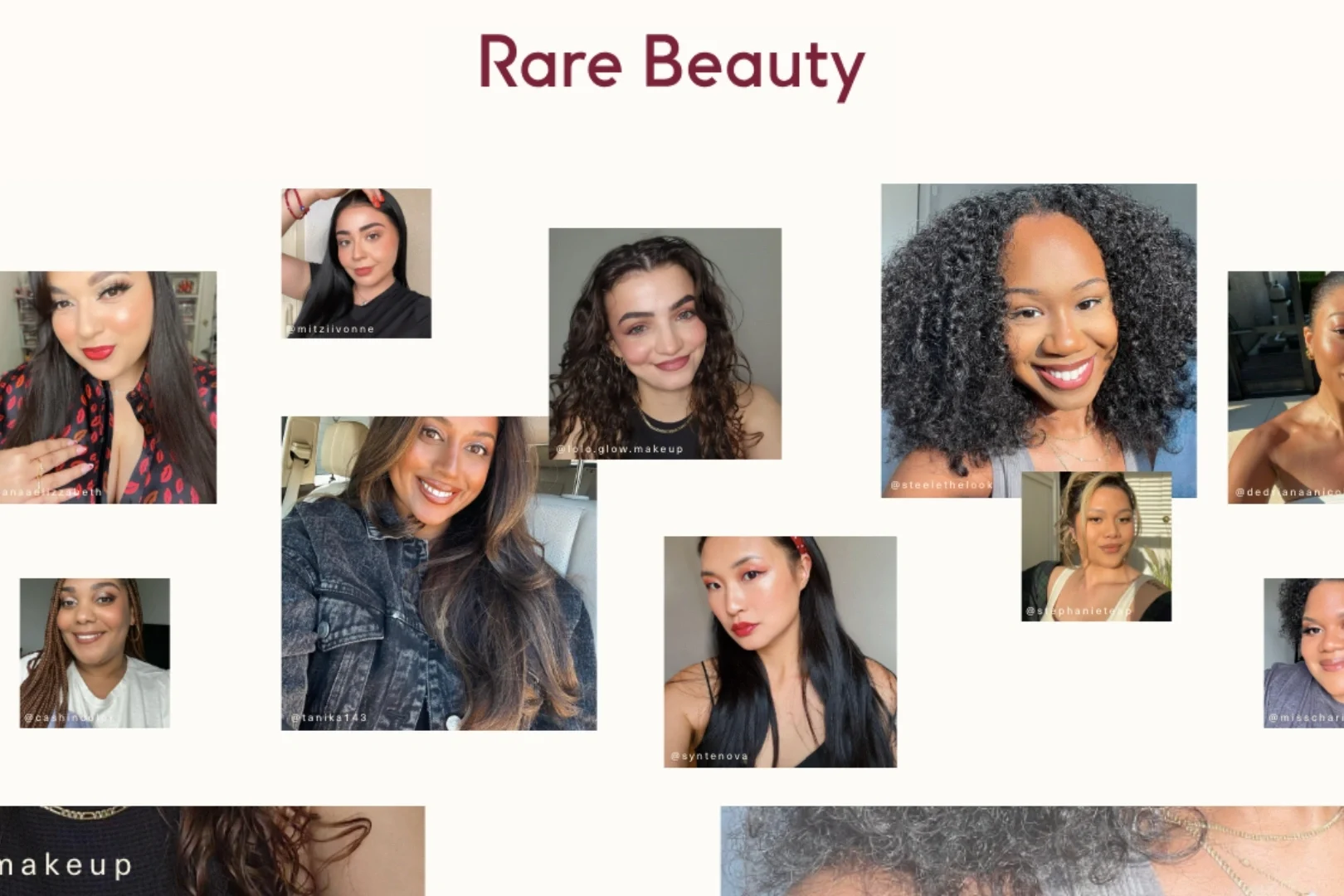

UGC works because it brings authenticity, relatability, and engagement to your brand. Real customers offer honest feedback that resonates more with potential buyers than polished marketing copy.
When people see others like themselves using your product, it becomes easier for them to imagine doing the same.
To leverage UGC on your site, create a branded hashtag and encourage your audience to use it on social media. You can also integrate Instagram or TikTok feeds directly onto your homepage or product pages, highlight standout content in your emails or product review sections, and run contests or challenges to inspire more user participation.
3. Detailed Testimonials from Satisfied Customers
While ratings alone can build quick trust, taking it to the next level with testimonials adds a personal touch and deeper credibility, making the social proof even more persuasive.
Here’s a quick way to determine when you can use them:
- When to use ratings alone: On category pages, product listings, or search results where space is limited, simple star ratings can quickly convey trust and quality.
- When to combine ratings with testimonials: On detailed product pages, landing pages, or checkout pages, adding customer quotes alongside ratings helps provide context and overcome buyer hesitation.
Detailed testimonials often seal high-ticket deals as they feel more authentic and relatable. Unlike generic brand claims, testimonials show real-life application of the product/service.
Emotional and personalized feedback also speaks to buyers’ concerns and eases skepticism. Airbnb always makes a point to showcase guest reviews and host testimonials with every listing, which adds to its selling point.
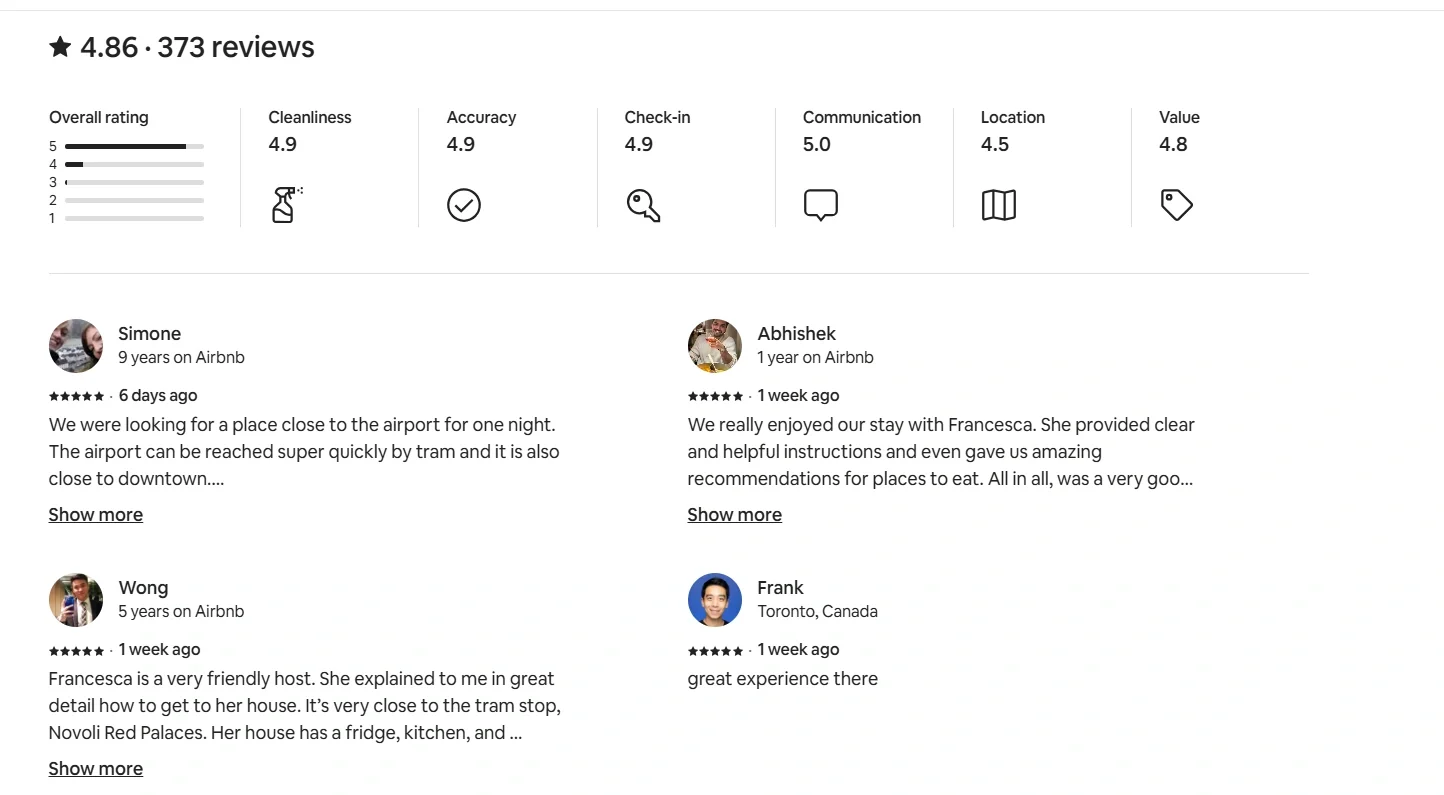

You can encourage satisfied customers to share detailed testimonials that highlight specific benefits and experiences. Once you have a solid stock of reviews, feature them on product pages, landing pages, and checkout sections to reassure potential buyers and ease skepticism.
4. Case Studies & Success Stories
Case studies use amazing storytelling to show a transformation that the clients went through with the product/service. This helps build instant credibility and clears doubts for customers – a win-win.
We also highlight the success stories of clients leveraging SocialPilot to achieve their business goals through social media
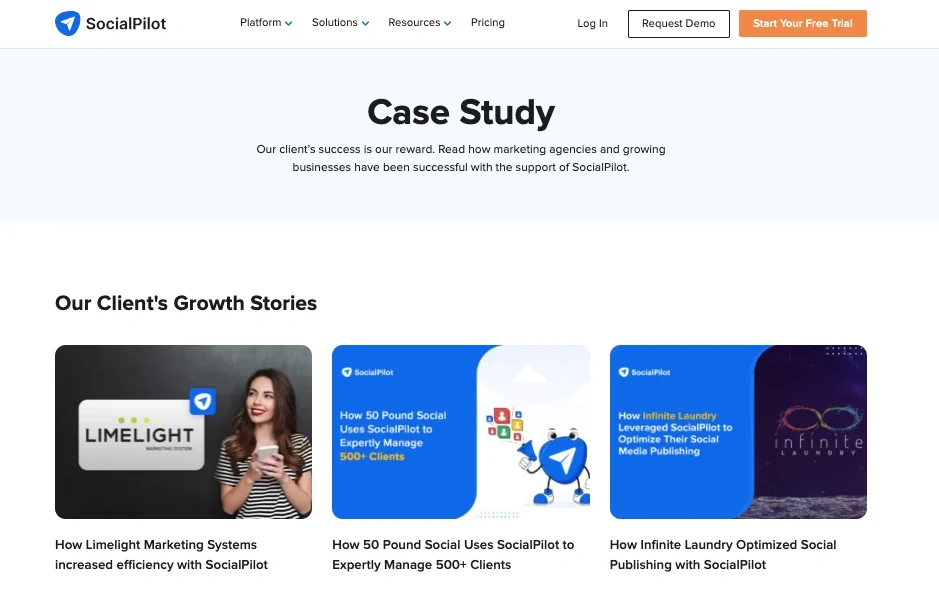

By using measurable data, before-and-after comparisons, and a defined arc, you can persuade buyers in a more effective way. This works particularly well for B2B and high-ticket salespeople who are looking for evidence of performance before committing.
A buzzy social media presence seals the deal for most customers. Adding influencer mentions and collaborations takes this a step further, with 49% of shoppers who actively rely on influencer and peer recommendations before buying, as shown here.


If you check out the social media pages of beauty brands like Glossier and Rare Beauty, you’ll see how they are chock-full of paid collaborations and user-generated content that signals omnipresence and customer content to prospective buyers.
6. Trust Badges & Certifications
A study found that 48% of customers feel reassured if they see trust badges from verified sources. In the same survey, 61% said that they had opted out of purchasing decisions due to a lack of visible trust badges.
We don’t want that happening, so you’ll spot our G2 review badges proudly displayed across our site, proving we walk the talk.
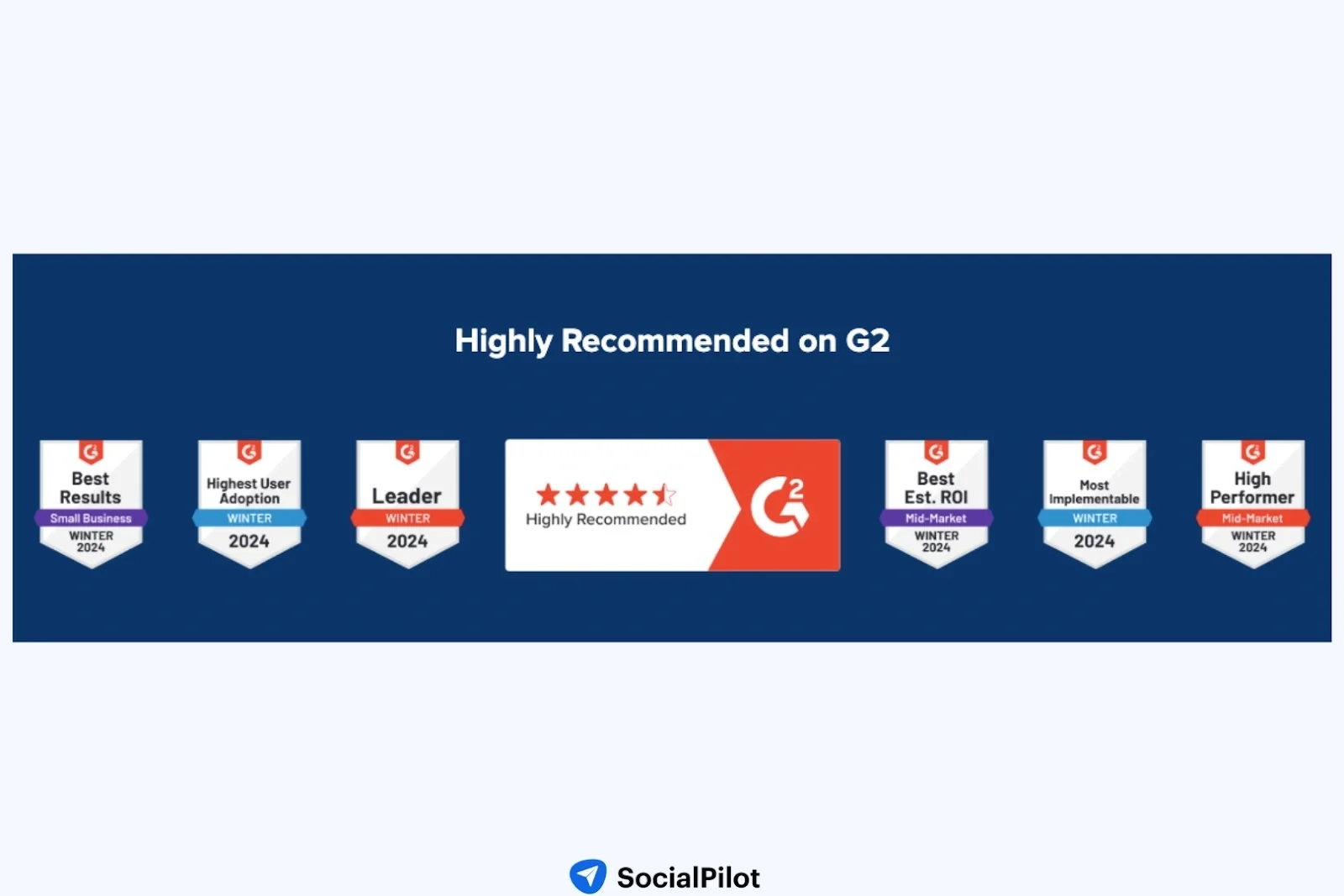

WhatsApp and Shopify prominently display security certifications to build confidence on their platforms since they handle sensitive communication and email logins. Business certifications and ethical sourcing labels add credibility, especially for e-commerce and SaaS brands.
7. Influencer Endorsements & Partnerships
You’ll often see brands like Gymshark or L’Oréal that have a very strong network of fitness influencers who align with the brand. This is because influencers bring credibility and a loyal audience to your brand.
Consumers trust influencers more than ads, with a whopping 92% of customers relying on their recommendations. Well-chosen influencers provide targeted exposure and the right eyeballs to your brand, and they can create viral brand awareness.
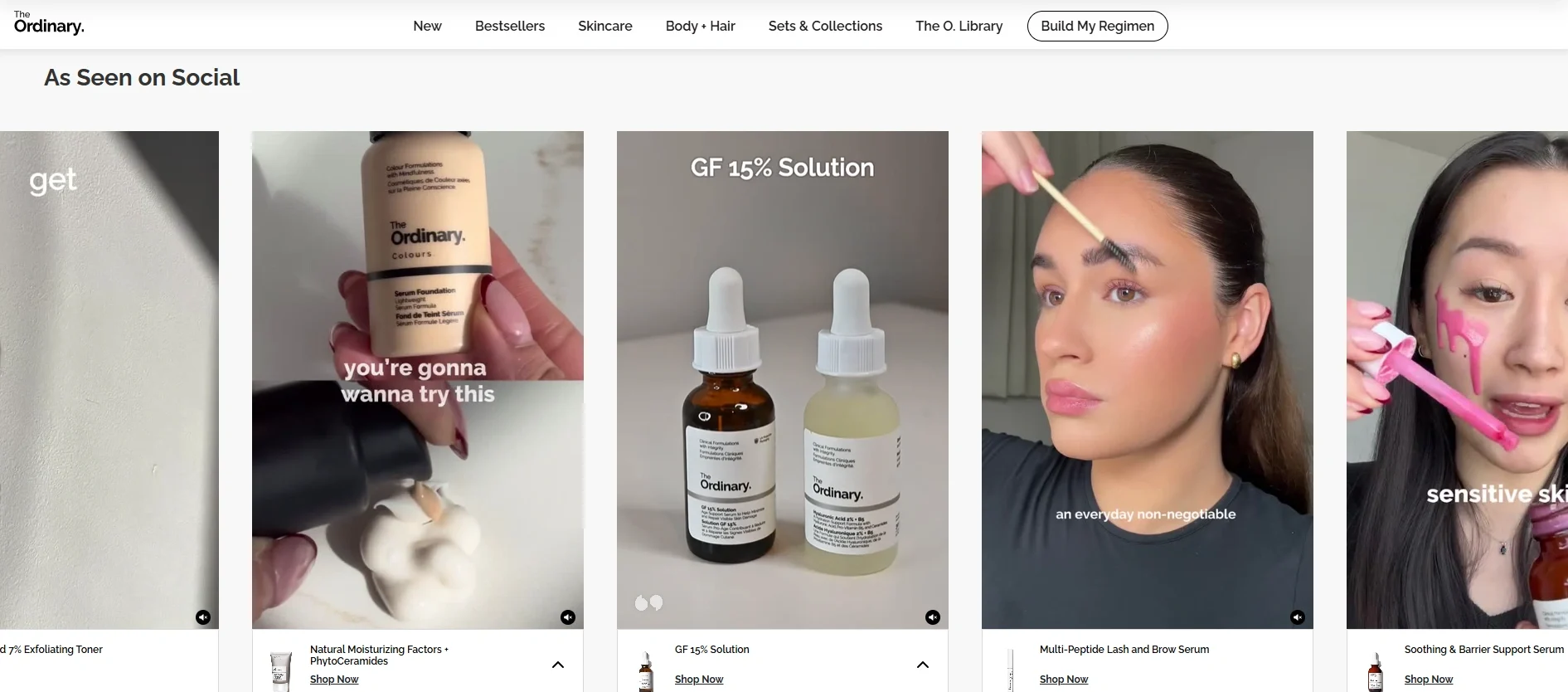

You can put these endorsements to use by featuring influencer-generated content directly on your website. Create a dedicated ‘As Seen On’ section like Ordinary to showcase influencer testimonials, embed their social media posts, or display video reviews on product pages. This will help reinforce trust and social proof in real time.
8. Real-Time Activity & Pop-ups
You can create real-time FOMO (fear of missing out) on your website by showing pop-ups like “5 people booked this today” or “Only 2 left in stock.” Stuff like this can push hesitant buyers to act.
Studies show urgency-driven marketing can boost sales by 332%. With tactics like these, you can create scarcity and social proof to increase conversions.
9. User Count & Data Statistics
Slack reinforces its reliability by putting a banner that says, “Over 80% fortune 100 companies use Slack” directly on the website, as shown here.
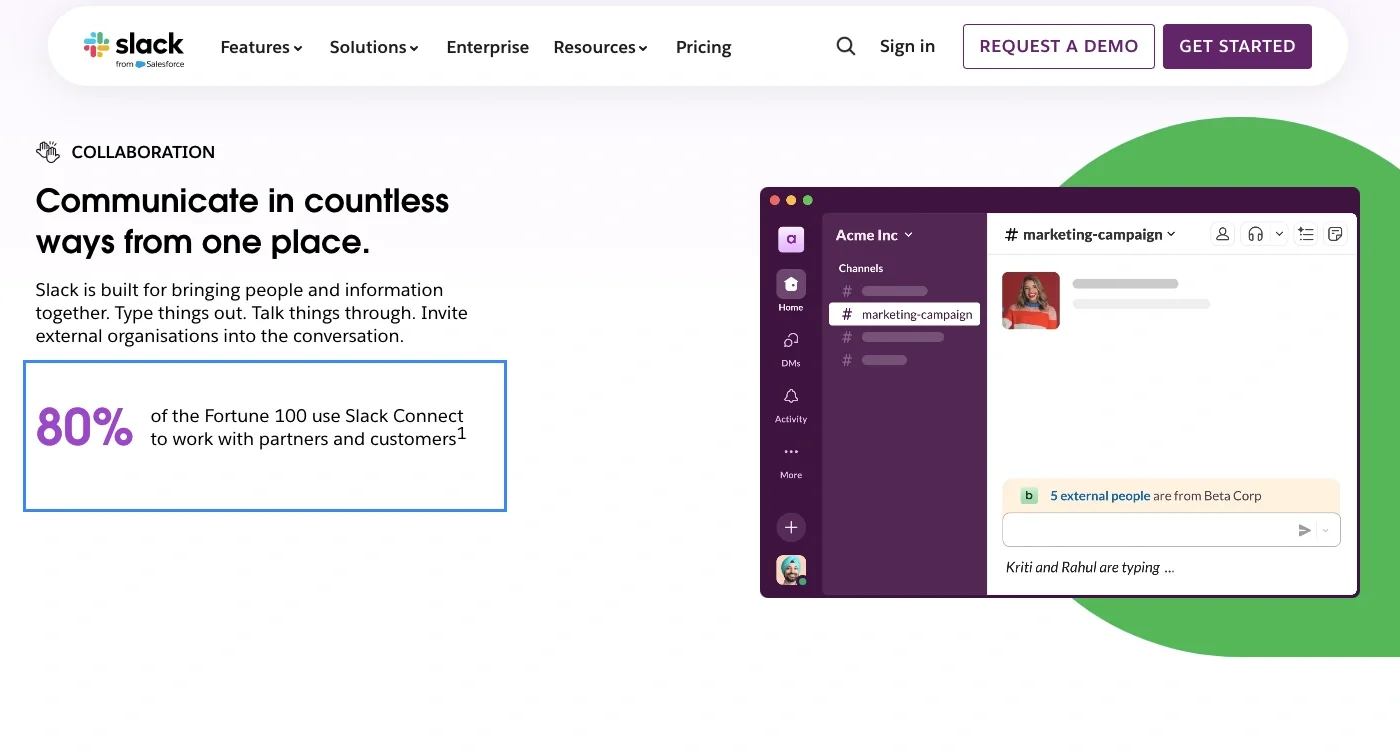

Large numbers establish credibility. Highlighting user counts reassures potential customers that a product is widely used and effective. Displaying real-time user numbers, customer milestones, or impressive data points builds trust.
10. Media Mentions & Press Features
If your business has media features, they belong on the website. Clippings from reputable media outlets add to the brand’s credibility and signal that trusted sources have vetted it.
DoNotPay, an AI legal services chatbot, flaunts its coverage in legacy media directly on its website to emphasise its credibility and growing impact. Take a look:
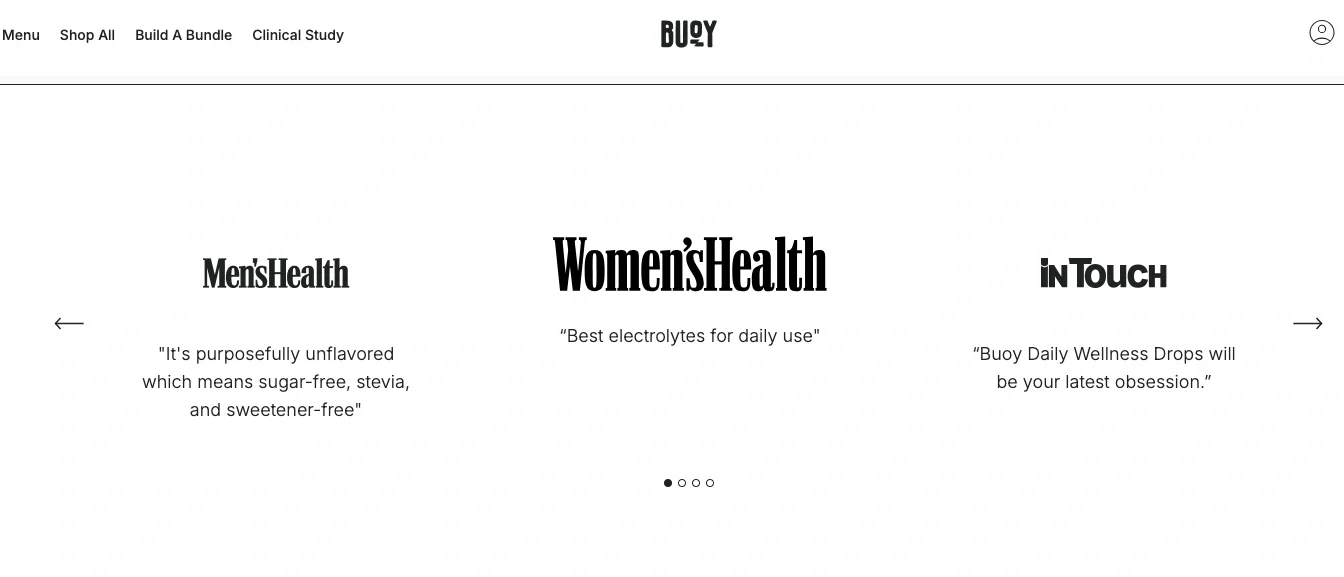

Press reviews aren’t just for movies/TV shows, any business can use them to build credibility and with potential customers.
We’ve settled that the best way to get people to say “yes” to your brand is to give them proof that it’s used, loved, and trusted by others.
But if you aren’t careful, you might risk overdoing it and drive your customers away. After all, customers don’t like feeling bombarded with too much “Look how great we are!” messaging.
Take trust badges, for example. They work in your favor, but stacking the website with many of them is icky and can drive people away. Three trust badges are usually the sweet spot.
Here are some other best practices to follow while listing social proof on a website:
Strategic placement matters a lot when it comes to presenting social proof on websites. To get the most out of it, showcase key elements like star ratings or major brand endorsements above the fold, so visitors see them without scrolling.
You can also place testimonials and trust signals near call-to-action (CTA) buttons like “Buy Now” or “Sign Up” to reinforce confidence at critical moments.
Lastly, landing pages are a great place for highlighting customer stories and case studies. Whereas checkout pages should ideally display security badges, guarantees, or last-minute testimonials to ease any final doubts before purchase.
There’s limited space for testimonials, so don’t clutter it with old and outdated testimonials. Instead, keep the social proof fresh and up to date. Adding new reviews enhances user experiences, as it gives them fresh feedback to read every time they visit the website.
Can’t keep up with updating new reviews every week? SocialPilot Reviews Widget that picks reviews directly from the review site and displays them in grids, carousels, or badges that fit your brand and convert website visitors into customers.
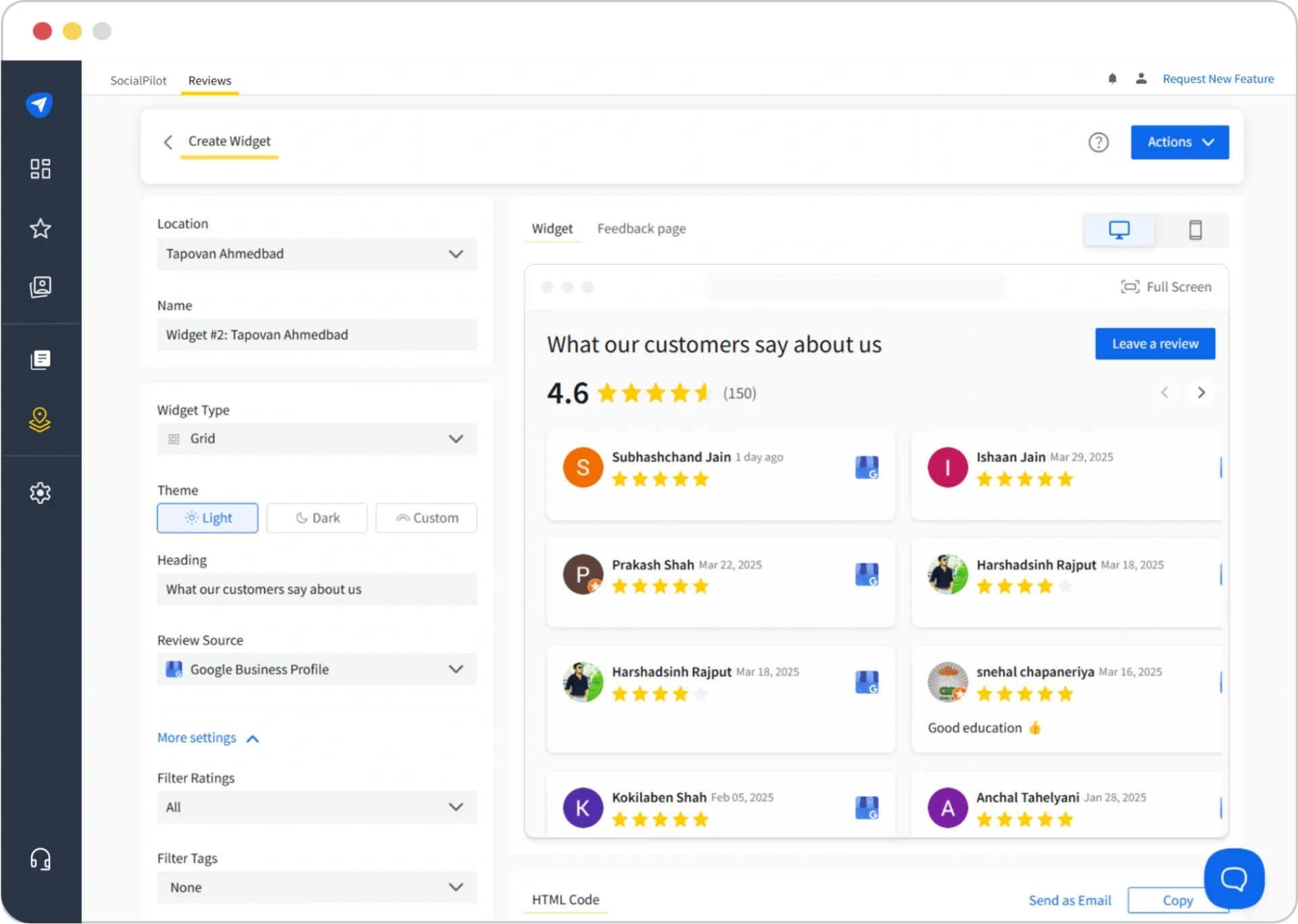

Try it out for free today!
Different types of social proof resonate with various industries. Here’s a breakdown of which forms work best for specific business models:
| Type of Social Proof | Best For | Usage |
| Customer Testimonials | Service-based businesses, eCommerce, SaaS | Use a mix of content to engage different audiences |
| Star Ratings & Reviews | eCommerce, restaurants, local businesses | Essential for building trust in consumer-focused businesses |
| Case Studies & Success Stories | B2B, SaaS, high-ticket services | Effective for showcasing real transformations and results |
| Expert Endorsements | Beauty products, tech brands | Adds authority and credibility to specialized products |
Nothing kills trust faster than fake reviews or exaggerated claims. Today’s consumers are ad-savvy, and they can spot inauthenticity a mile away.
It’s best to avoid fabricated reviews, fake testimonials, or stock photos pretending to be real customers. Instead, clearly credit testimonials with full names, company details, or even links (with permission).
In a sea of sketchy businesses, you can stand out by keeping your social proof fresh and placing it where it matters most, right in front of the people who need to see it, exactly when they need it.
Ask yourself: When was the last time you bought something without checking reviews first? Exactly! People trust other people, and nobody wants to be the first to try something new without a little reassurance. This is why listing social proof on websites is a game-changer for businesses.
If you haven’t already, now’s the perfect time to start. From showing off glowing reviews to featuring social media love or adding credibility boosters, every little bit helps.
And if you want an easy way to manage it all, check out the SocialPilot Reviews Widget that embeds customer reviews as posts across your website and other social media platforms.
Posting social proof today brings customers tomorrow. Get started now!
